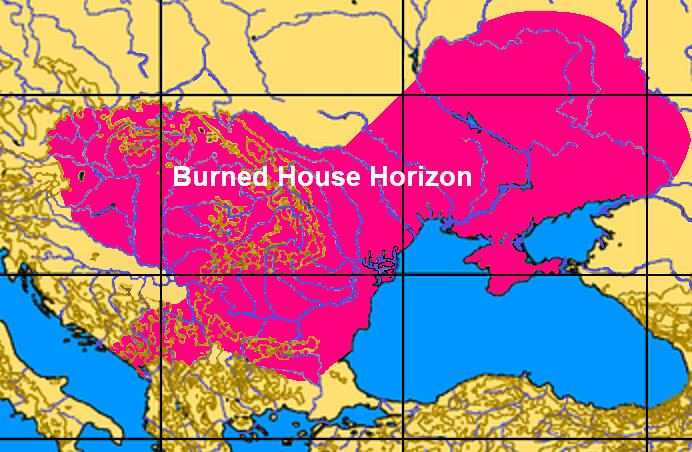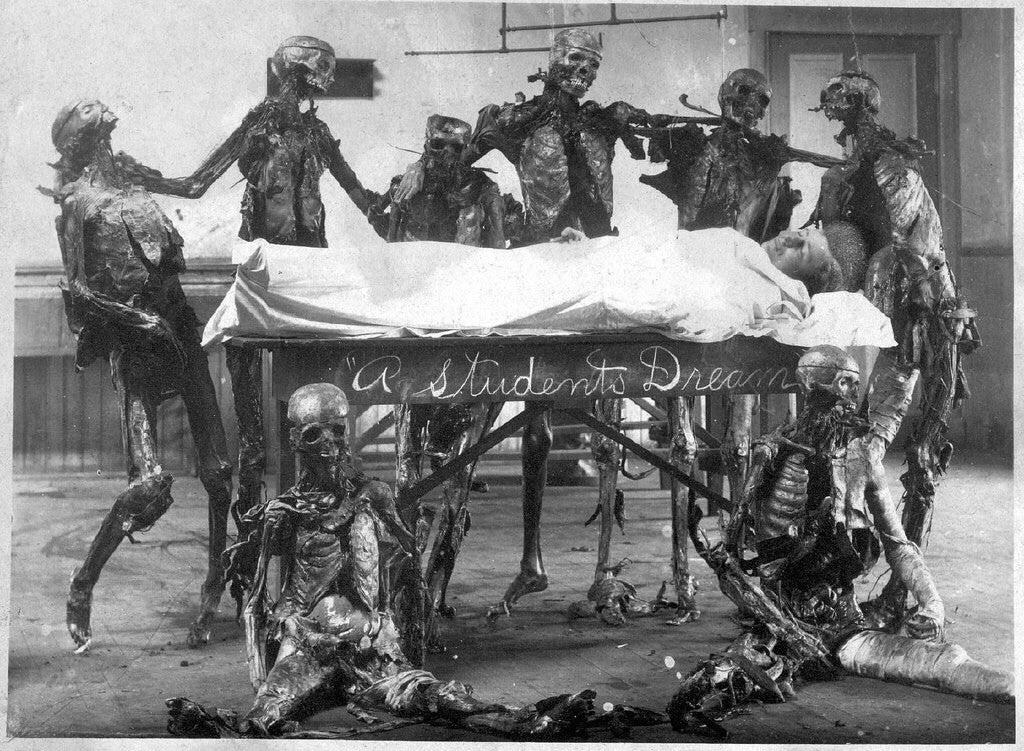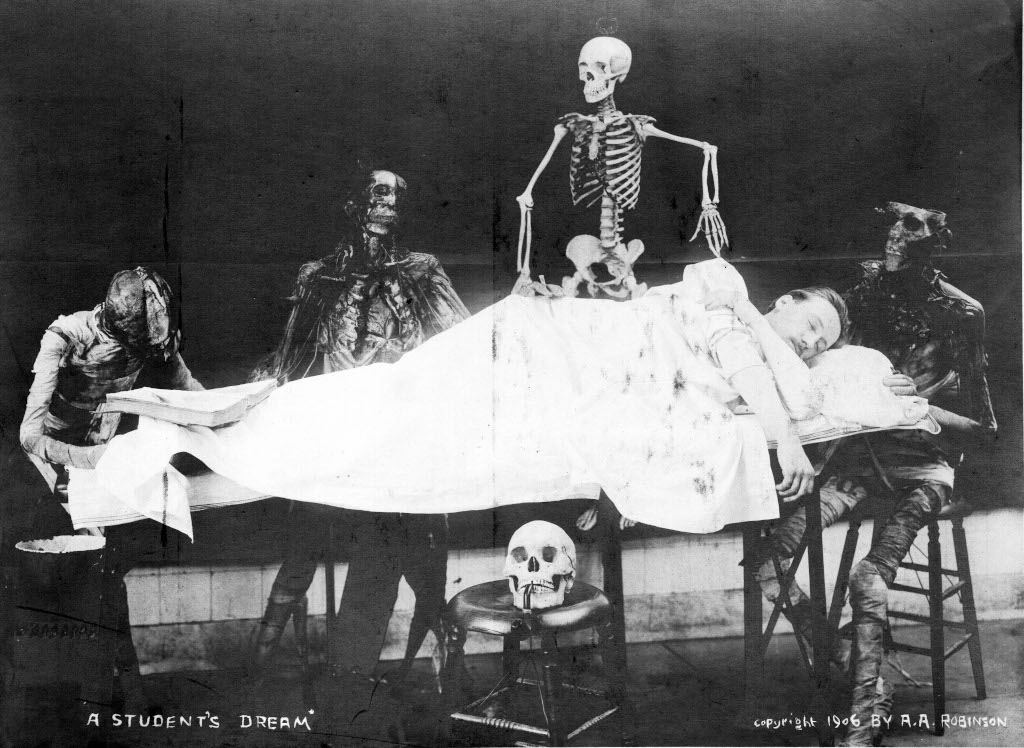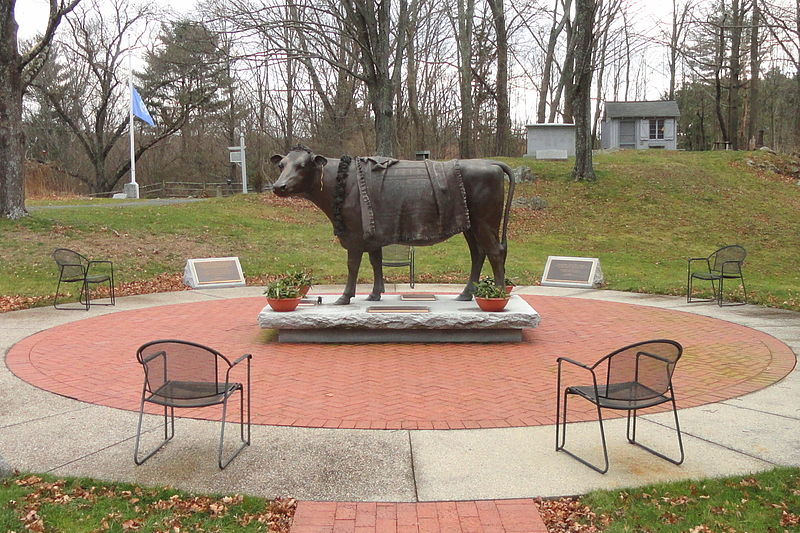In October 2000, a mummy was offered for sale on the black antiquities market in Pakistani Baluchistan. Tribal leader Wali Mohammed Reeki claimed that it had been found after an earthquake near Quetta.
At first a Pakistani archaeologist suggested that the mummy had been a princess of ancient Egypt, or perhaps a daughter of Persian king Cyrus II. Iran and Pakistan began to contend for its ownership, but then American archaeologist Oscar White Muscarella came forward to say he’d been offered a similarly uncertified mummy the previous March which had turned out to be a forgery.
On examination, the “Persian Princess” turned out to be substantially younger than her coffin — in fact, the mat under her body was only 5 years old.
In the end, Asma Ibrahim, curator of the National Museum of Pakistan, reported that the woman had in fact died only around 1996, possibly even murdered to provide a corpse. She was eventually interred with proper burial rites, but her identity remains unknown.







